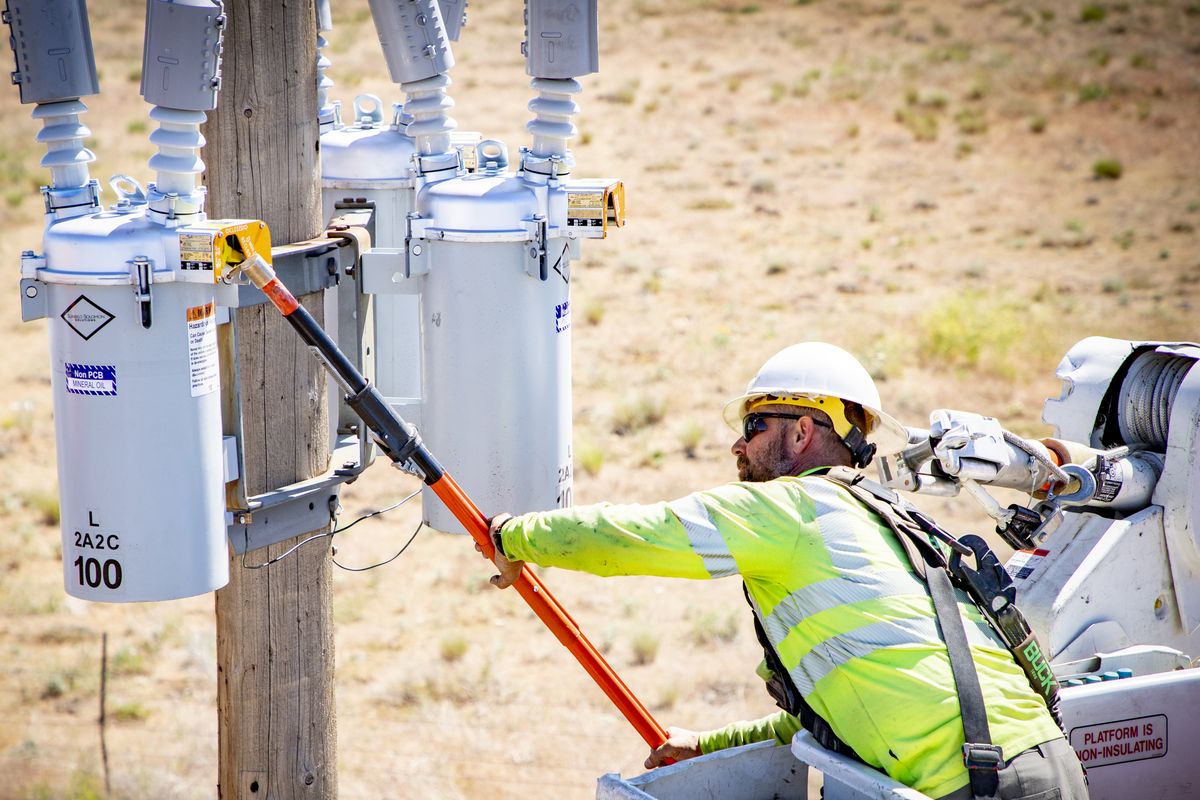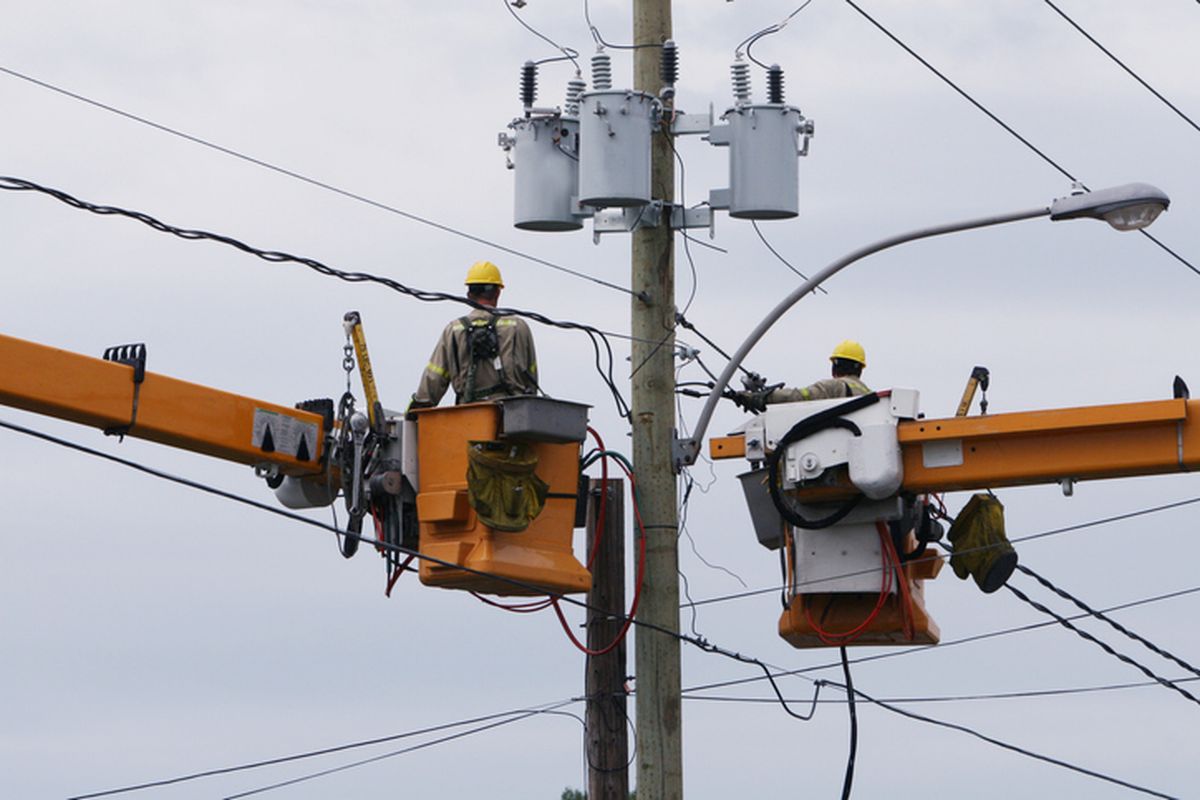Recent close calls make the case for supporting hydropower
Power outages due to extreme weather events are becoming more common. (Getty Images)
Our homes are filled with easy-to-use buttons, dials, outlets, and switches that light up rooms, power devices, and regulate temperature. But what happens beyond our four walls to make all of that happen isn’t as simple.
A mix of power-generating resources located in the region send electricity to a complex network of wires, transmission lines, and substations, which then spread it across energy grids.
In the Northwest, around half the electricity that powers our homes and businesses is generated from hydroelectric dams on the Columbia and Snake Rivers as well as tributaries throughout the region.
Our energy grid must be in perfect balance every few seconds, every day of the year, to assure that the electricity produced by hydropower and other generating resources is transmitted effectively over many miles of electric lines to power our businesses, cool or heat our homes, and supply energy to all the technology we depend on in modern life.
Our resilient hydropower-based energy system and diligent utility workers have made this miraculous balancing act seem routine.
But imagine if the room didn’t light up at the flip of a switch, or your refrigerator couldn’t keep food cold in the summer, or you couldn’t warm your home on an extremely cold winter day—what would that be like?
The truth of the matter is that we have come too close for comfort to that scenario becoming a reality more often in recent years. Temperatures exceeding 110 degrees in the summer and dropping well below zero are unfortunately becoming a more common occurrence in the Northwest.
Extreme weather events cause massive spikes in the demand for energy, and the potential for rolling blackouts exists if we can’t meet that demand. Our hydropower has been essential in meeting the intense demands we’ve faced in recent years.
Now, as we retire coal and other electricity-generating facilities in response to state climate policies, we need every bit of our existing hydropower to keep up.
And it’s not just a matter of comfort on a hot day. The most vulnerable among us depend on a reliable grid to ensure their safety and security. Energy is critical for maintaining medical equipment, providing access to communication devices, and protecting against life-threatening temperatures.
When January’s bone-chilling temperatures set in across the region, with many areas plummeting to -20 degrees or colder, wind and solar energy declined to near zero. So hydropower ramped up while Northwest utilities purchased extremely expensive energy to close the gap and avoid disaster. The Bonneville Power Administration saw hydropower account for as much as 70% of the region’s total energy production during that time. Without our existing hydropower, customers would have paid more to power their homes and businesses, assuming the electricity was available at all.
A Northwest grid with less hydropower would be hard-pressed to provide solutions in the face of these increasingly common weather events, but the impacts go far beyond that.
In addition to extreme weather, as we accommodate the staggering demand for electricity from data centers, electric vehicle charging stations, and all-electric buildings, hydropower provides the foundation of a resilient energy grid, supporting other renewable energy resources like wind and solar—stepping up when the wind isn’t blowing, and the sun isn’t shining.
If you’re concerned about grid reliability and avoiding blackouts, hydro is worth fighting for. If you’re concerned about climate change and want clean energy, hydro is worth fighting for. If you’re concerned about the burden of increased costs and access to energy for our most vulnerable neighbors, hydro is worth fighting for.
About Northwest RiverPartners
Northwest RiverPartners is a member-driven organization that serves not-for-profit, community-owned electric utilities in Oregon, Washington, Idaho, Montana, Utah, Nevada and Wyoming. For more information, visit https://ourpoweriswater.org/


